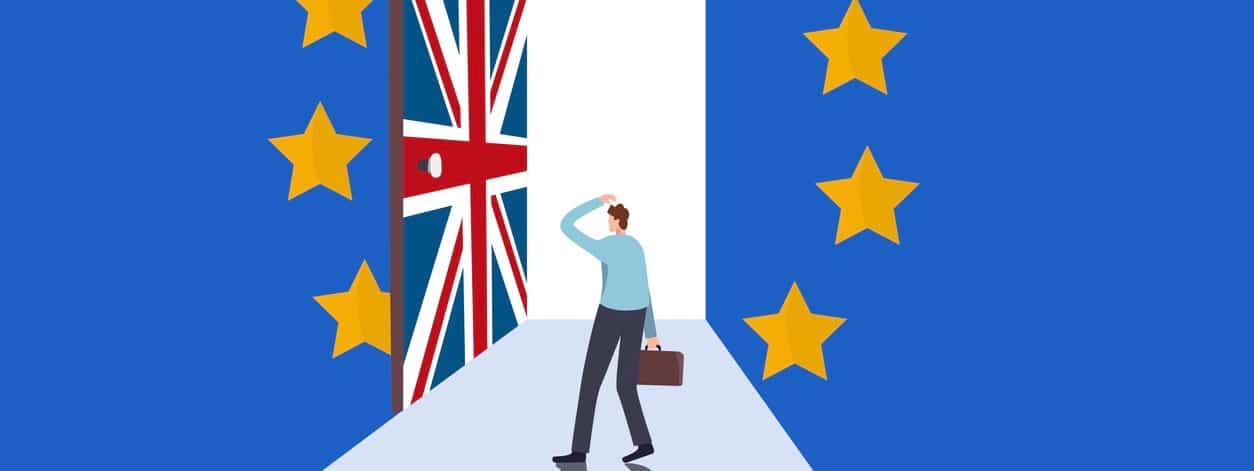For many of us, we thought it would never happen. For those that weren’t in this camp, chances are they were amongst those who simply put it to the back of their mind and forgot about it—yes, we’re talking about Brexit.
From sandwich confiscations to deliveries being halted at the border, the impacts of the UK’s exit from the EU is really beginning to be felt. In the marketing world, however, the continued rhetoric over the past number of years has been “business as usual”. Is this true, however?
The UK isn’t like any other country, in more ways than one. But how do their marketing laws differ? In order to find out, print specialists Where The Trade Buys travel north, east, and west, delving into various marketing legislation, in a bid to give some indication of what the UK might have in store in the coming months and years.
United States
The United States’ healthcare system is regularly at the forefront of the national media thanks to a lack of affordability. However, in the early ‘90s, a spate of infections and deaths at the fault of misleading hemophilic medication advertising brought about the introduction of strict laws. For companies in the US who are marketing healthcare products, a host of rules exist, to which, if they do not comply, they face significant penalisation.
Sweden
Head north to Sweden and it should come as no surprise that advertising techniques are carefully developed to link with programming schedules. They tug on the attention of the viewer, encouraging them to reach for their debit card and part with their hard-earned cash. Consider a holiday advert magically appearing during the interlude of Love Island, or Dominos and lager pop ups during half-time of the football—no, this wasn’t by chance.
Did you know that Sweden, as recently as the 90s, only had terrestrial state-owned television channels, which did not feature advertising? But as of 1991, the country began to see the harsh effects of this type of commercial programming.
A Yale University study showed that children ate more unhealthy foods while watching cartoons with junk food adverts. Desperate to protect their younger generation, the Swedish government passed legislation which banned advertising directed at children under the age of 12. A decade after introducing the legislation, Sweden presented their findings to the European Union. The results linked a decrease in obesity within children directly to the ban on advertising. Sweden proposed that it be rolled out across the board—however, it was not picked up.
France
Marketing and alcohol have always had a rather ‘difficult’ relationship, shall we say. During the 1994–1995 Premier League football season, six of the 20 clubs all had alcohol brands as their major shirt sponsorship. Not one club has maintained the tradition, understanding the conflicting impacts presented. Everton being the last club to say bon voyage to their sponsor, Thai golden brew, Chang. France banned all alcohol advertisements on television and in cinemas. During any occasion in which alcohol advertisements are deemed appropriate, it must be accompanied by a warning regarding the dangers of consumption.
United Kingdom
And of course, here in Blighty. Back in 2007, England banned smoking indoors as the government tempted to quash mass respiratory problems and lung cancer. Back in 1965, the decision was made to limit the advertising of cigarettes on television. However, it wasn’t until forty years later, in 2005, that legislation was passed which completely eliminated tobacco advertising.
Philip Morris Inc., despite still backing F1 Ferrari, who own popular cigarette brand Marlboro, have not featured on a car since the 2007 season due to international advertising laws regarding tobacco.
After extensive debate between industry leaders, health campaigners, and politicians, legislation was finally laid down in January 2016 which banned branded cigarette boxes that were manufactured after May 2016 or sold after January 2017.
Marketing around the globe is difficult and varies considerably. However, what can we expect to see in marketing in a post-Brexit Britain?







